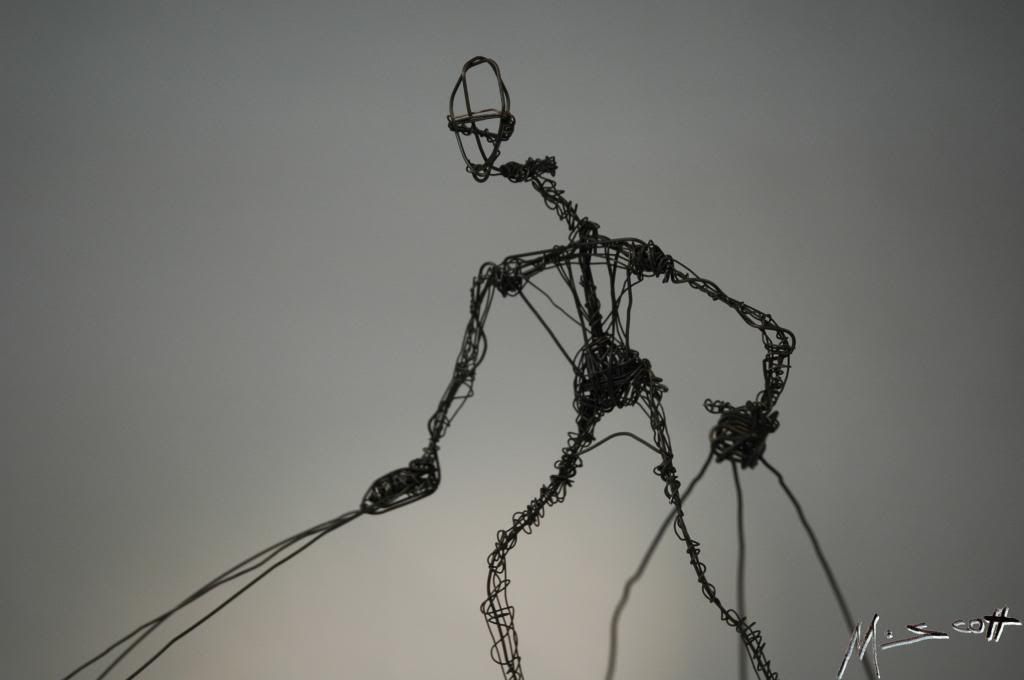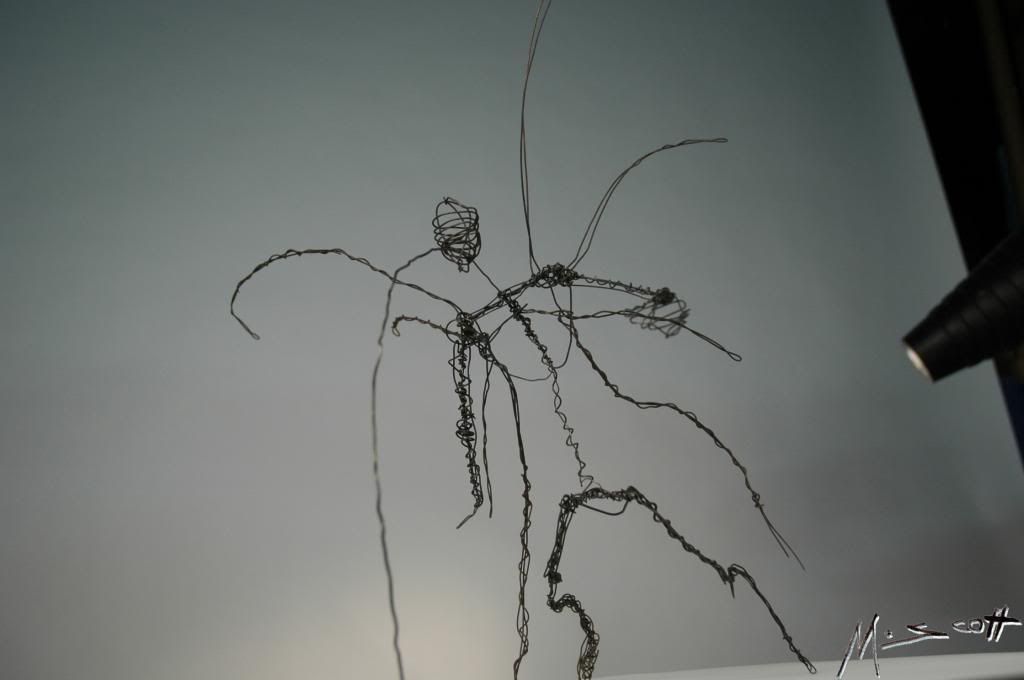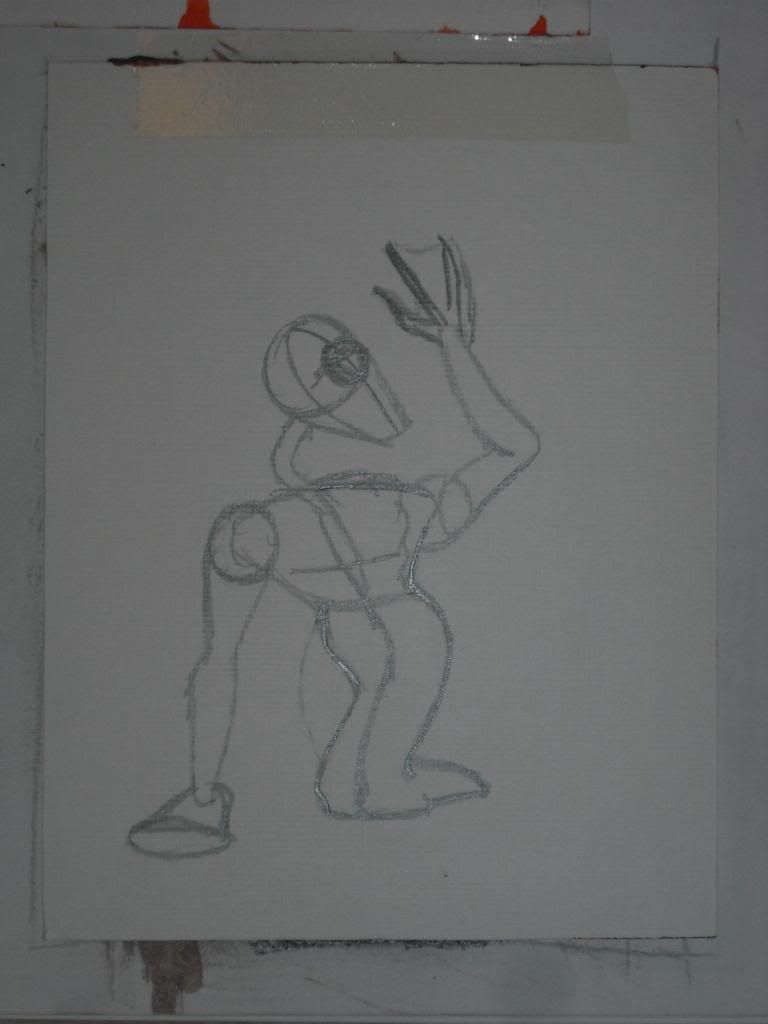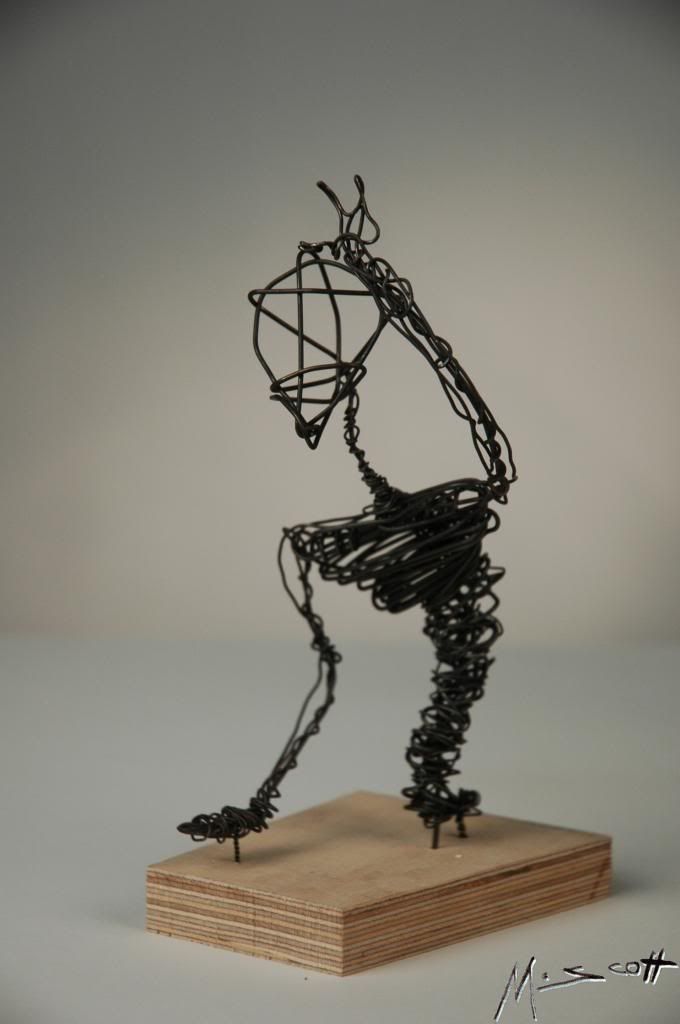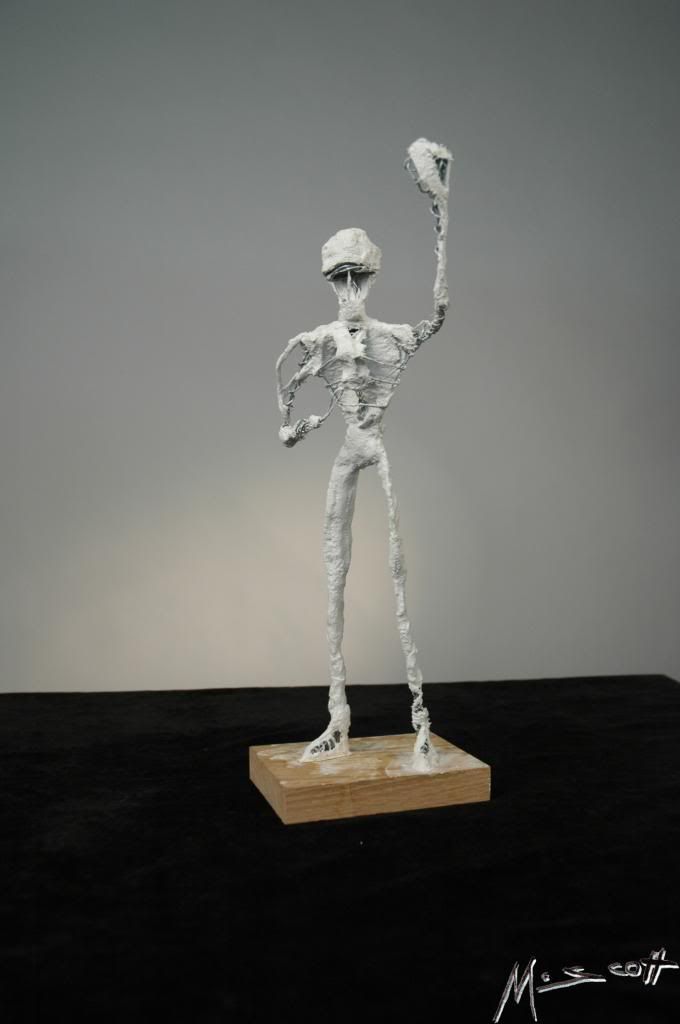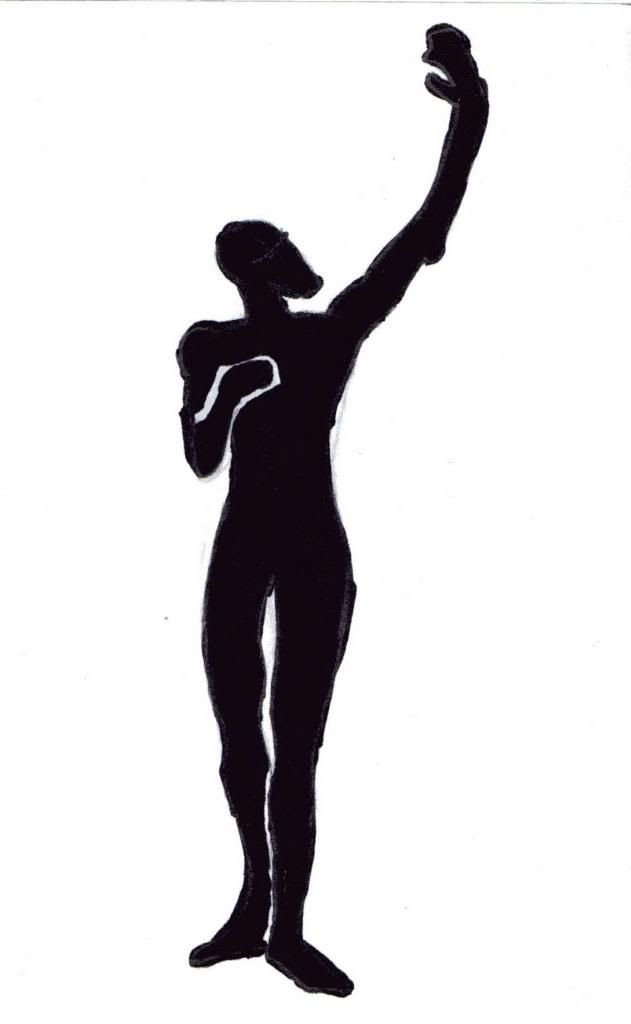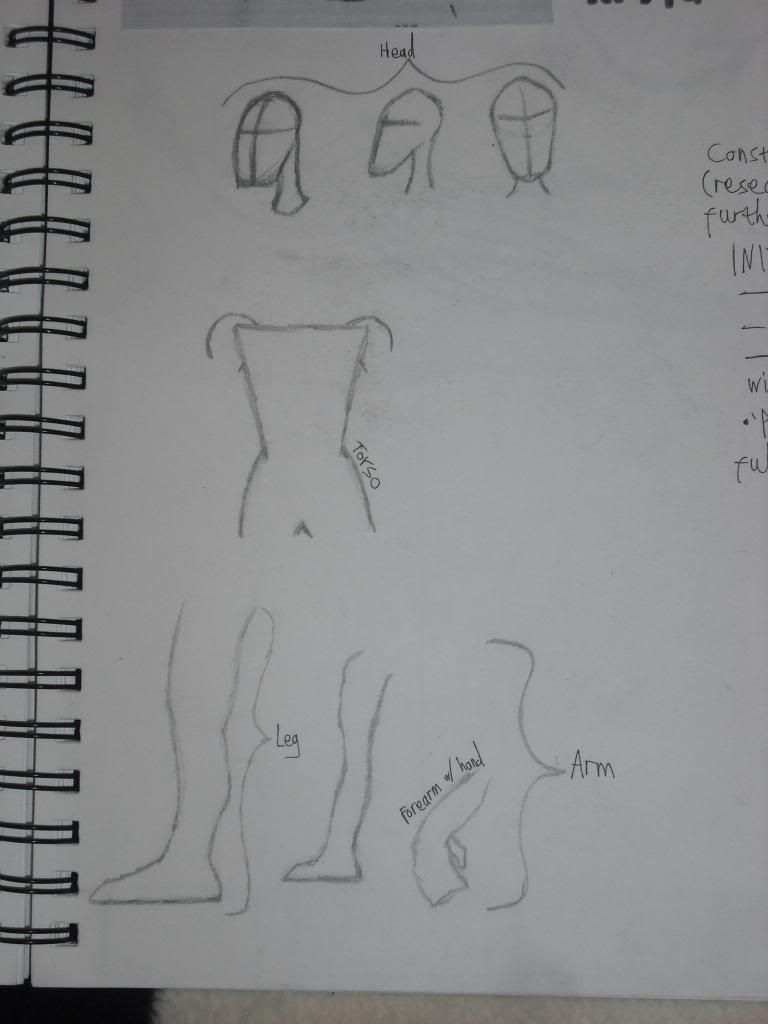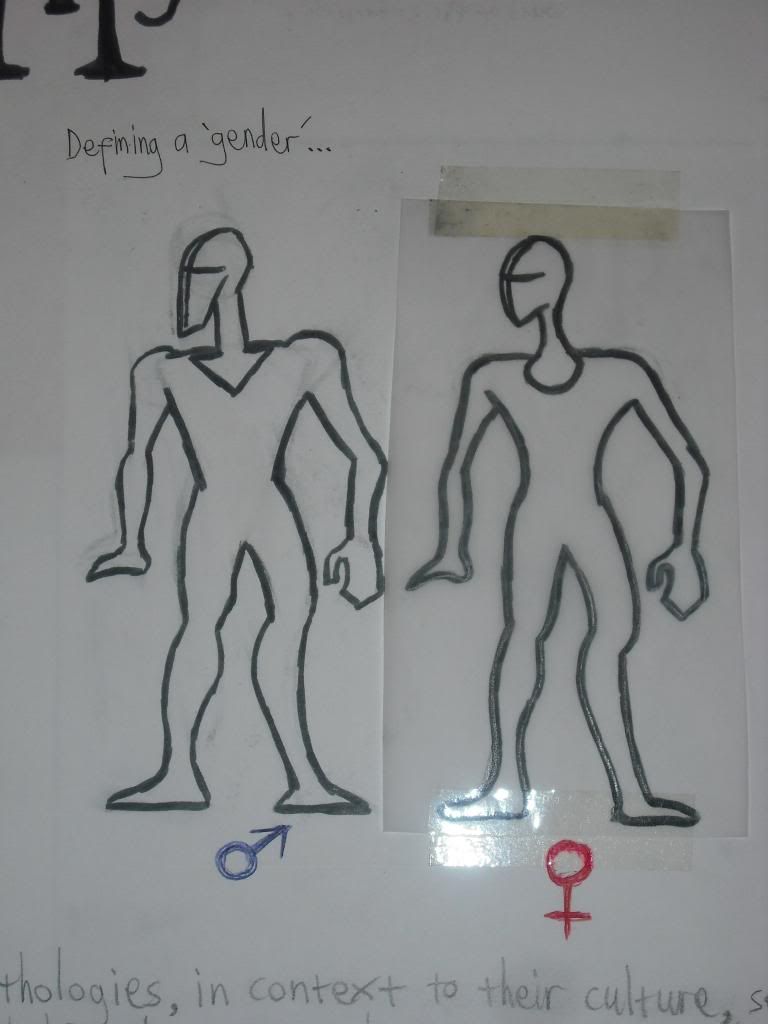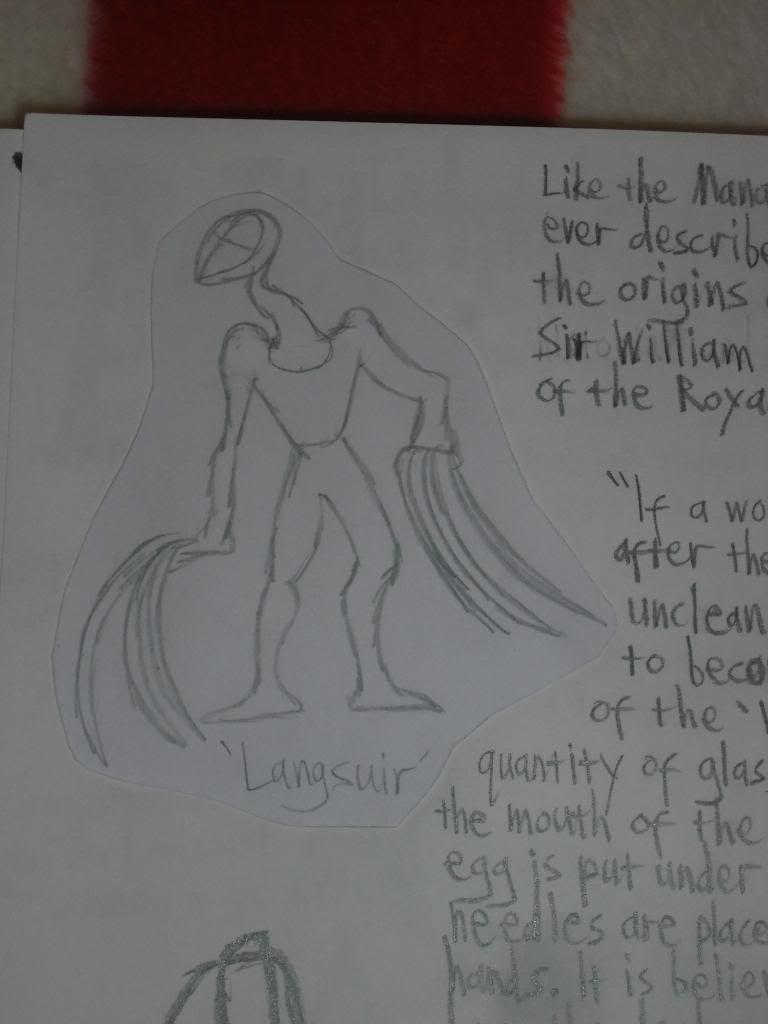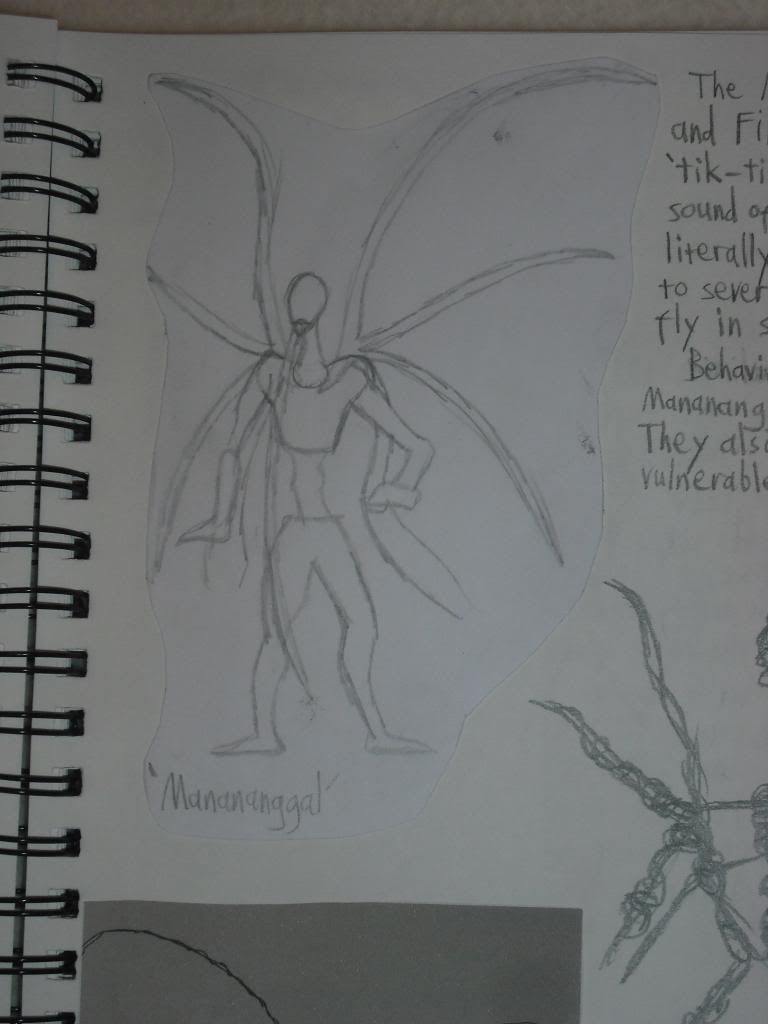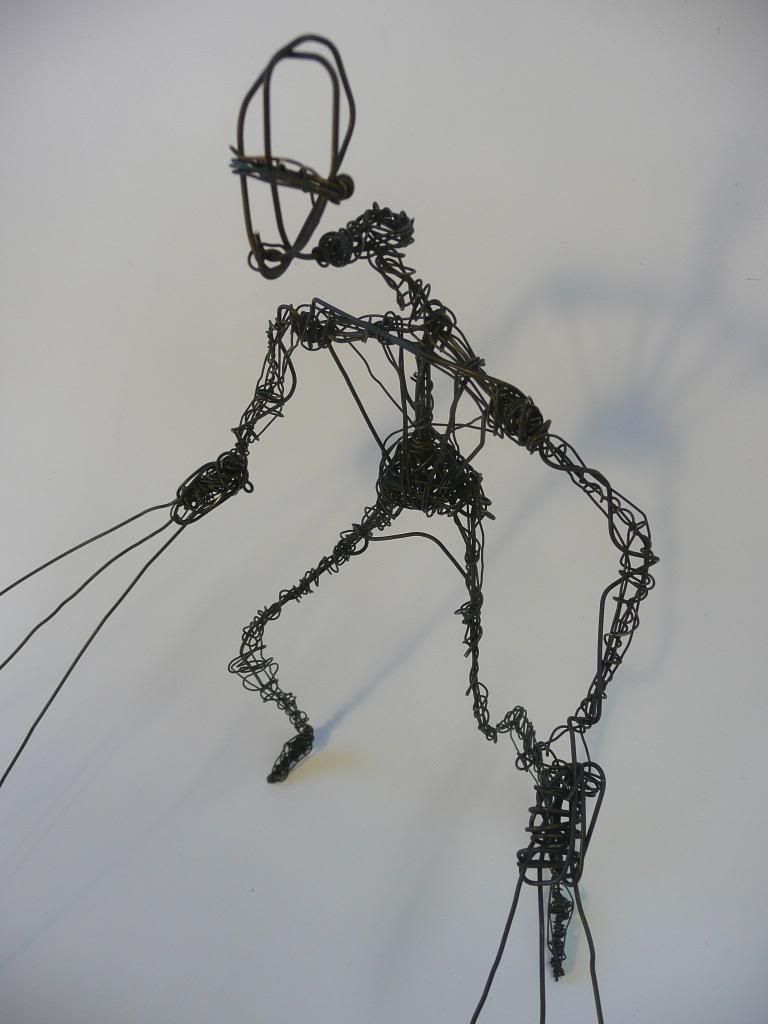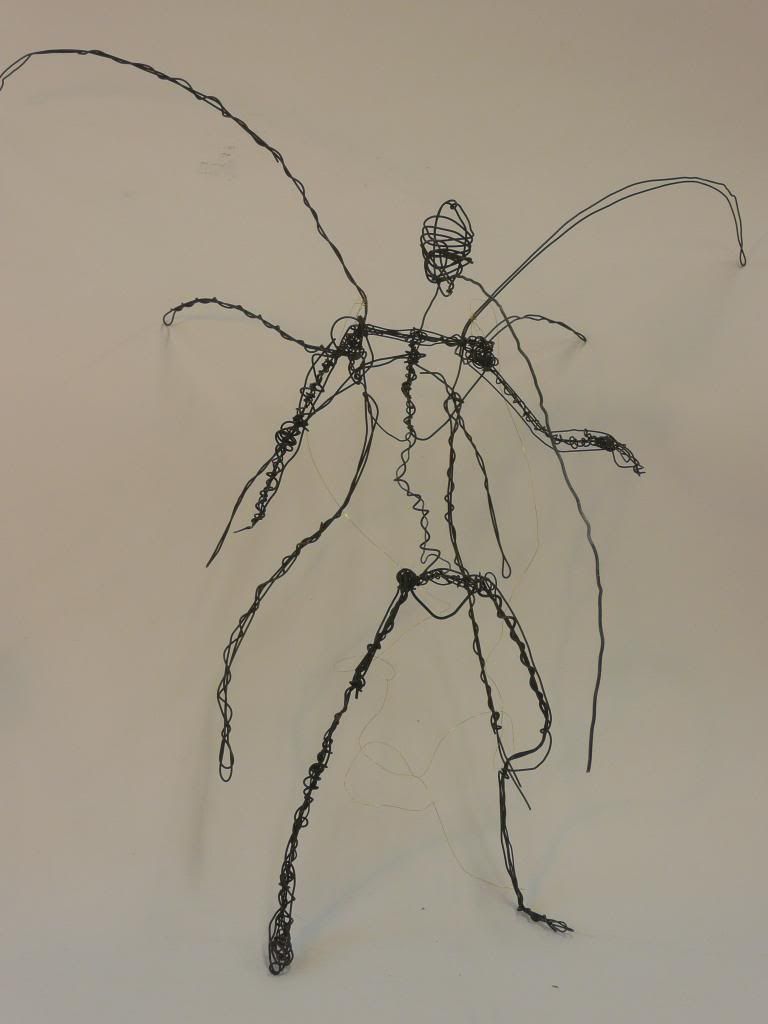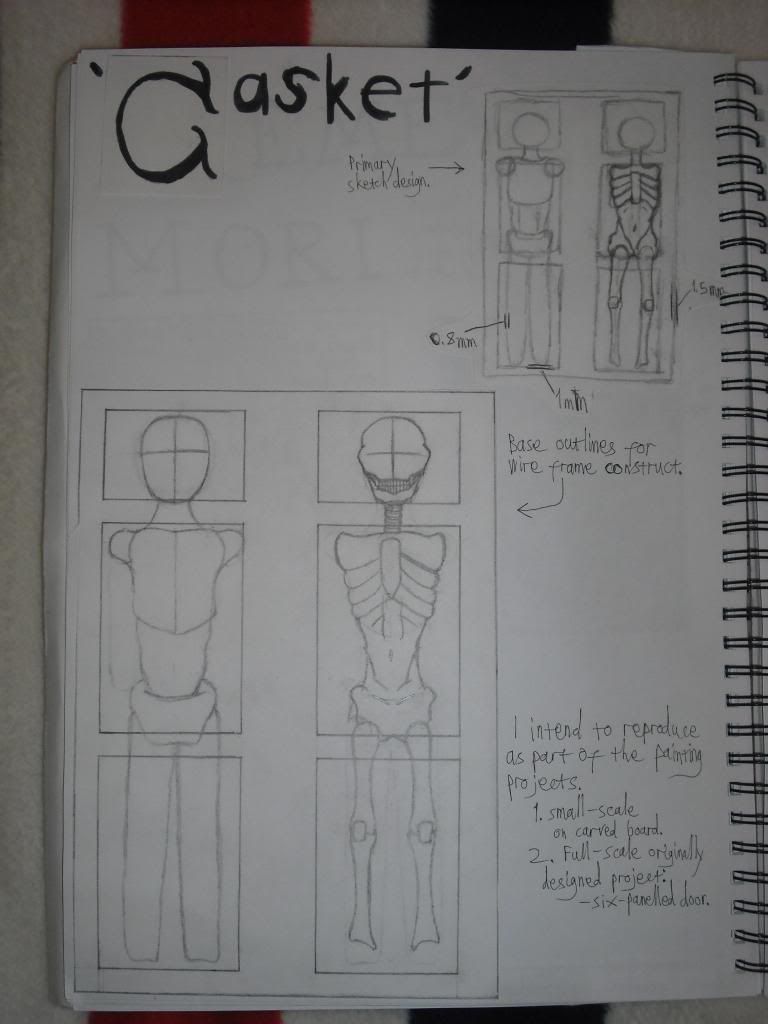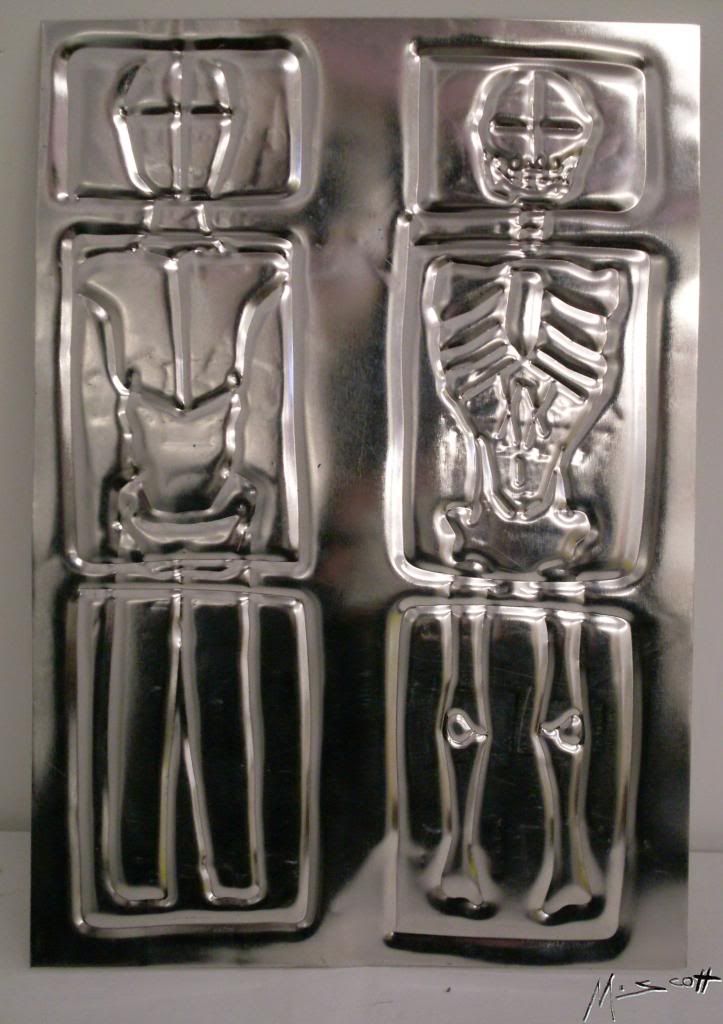"If a woman dies in childbirth; either before or after the birth of the child, and before the forty days of uncleaness has expired, she is popularly supposed to become a langsuyar, a flying demon of the nature of the White Lady or banshee. To prevent this a quantity of glass beads are put in the mouth of the corpse, a hen's egg is put under each armpit, and needles are placed in the palms of the hands. It is believed that if this is done, the dead woman cannot become a langsuyar, as she cannot open her mouth to shriek (nglai) or wave her arms as wings, or open and shut her hands to assist her flight."
- 'Journal of the Straits Branch of the Royal Asiatic Society, Singapore (1878-1899)' by Sir William Maxwell
'Langsuir' (2010)
"The Vampire of the Phillipines is the Manananggal, a creature that looks like an older but very beautiful woman. Each night, she separates her torso in two at the waist - the word manananggal means 'self-remover' in Tagalog - leaves her lower body behind and flies off on huge, bat-like wings to seek her prey. Her favourite victims are pregnant women sleeping peacefully in their homes. Using her elongated proboscis-like tongue, she sucks out the heart of the foetus or the blood of unsuspecting mother-to-be.
When she flies away, the lower half of a Manananggal is left standing. Several folk remedies can prevent the two halves from reattaching, including sprinkling the lower torso with salt or smearing it with crushed garlic. If the Manananggal cannot rejoin her severed body by daybreak, she will die. Men who have been seduced by the Manananggal stand guard over the lower body to keep it safe for her return."
- 'The Mythical Creatures Bible' by Brenda Rosen
'Manananggal' (2010)
Shortly before taking these photos, I constructed yet another sculpture, this time based on a creature from Japanese folklore. This was called the Dorotabo (or Dorotabou).
"A hairless, golem-like mud man with a single eye in the middle of its forehead, it appears spontaneously in rice fields late at night, moaning, crying, and carrying on, generally scaring the hell out of anyone who happens to be in earshot. More often heard than seen, it is a quintessentially rural sort of monster. Although superficially simple, the Dorotabo is actually one of the most metaphoric of the yokai.
According to some tales, it represents the spirit of a hardworking old farmer who toiled to turn a humble plot of land into a productive rice field. In spite of years spent supporting his family and his hopes of providing an asset for his heirs, upon his death his dissolute son turned around and sold the beloved piece of land to pay for women, wine and song.
...Others describe the Dorotabo as the spirit of a farmer cheated out of his land, returned from the grave to haunt its new owners.
Still other theories hold that it is a pun based on the concept of indulging in one's personal vices."
- 'Yokai Attack! The Japanese Monster Survival Guide' by Hiroko Yoda and Matt Alt
'Dorotabo' (2010)
Additionally, I made a slight experimentation with another wire sculpture by incorporating mod-roc as part of the structure. Instead of adapting it from a mythological being however, this was based on a transi tomb called Le Transi de René de Chalon made by Ligier Richier.
